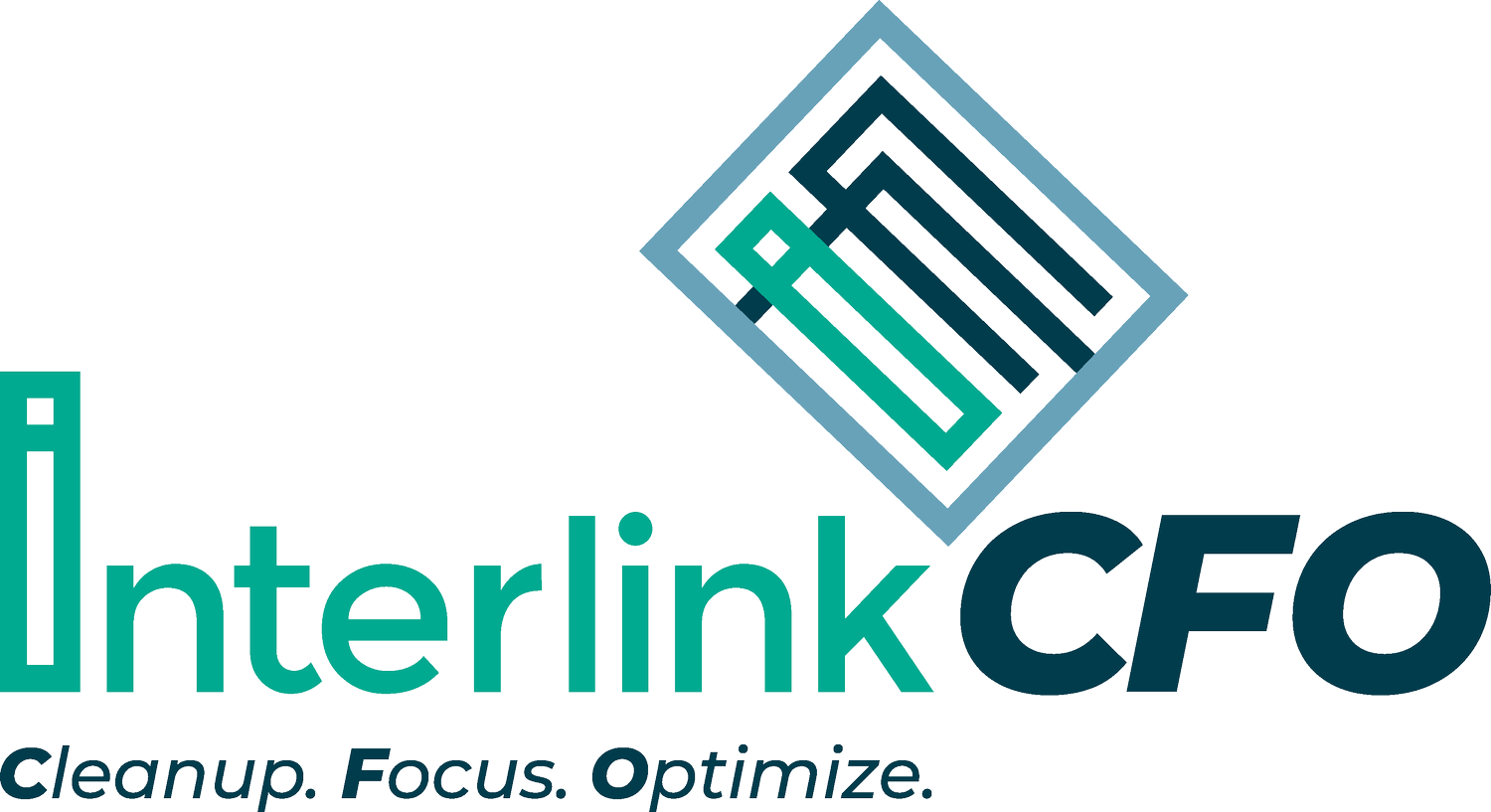Mastering Business Success Through Effective Budgeting
Budgeting is more than just a financial plan; it’s a strategic tool that can make or break a business. Whether you're a business owner, leader, bookkeeper, or part of a finance team, understanding the differences between budgeting and forecasting and choosing the right budget methodology is essential to success.
Budgeting vs. Forecasting
Budgeting and forecasting are two key elements in financial planning, but they serve different purposes. Budgeting establishes a clear financial roadmap for a set period, outlining revenues and expenses. It helps allocate resources effectively, ensuring that your business stays on track with its goals. On the other hand, forecasting provides ongoing projections based on real-time conditions. While both are critical, budgeting focuses on the plan, and forecasting adapts to real-time changes. A strong budgeting process provides stability, while forecasting helps your business stay agile and responsive to new challenges.
Choosing the Right Budget Methodology
Different businesses require different budgeting approaches. For instance, an annual budget is a common tool for setting long-term goals, but it may not easily adapt to market changes. In contrast, a rolling budget is regularly updated, ensuring that your financial plan evolves with changing conditions. For businesses that need to analyze costs more granularly, an activity-based budget helps pinpoint the cost of specific processes. If you're looking for maximum efficiency, zero-based budgeting forces departments to justify every expense, ensuring that resources are allocated where they are truly needed. Alternatively, a flexible budget allows you to adjust for changes in volume, giving you more control over your finances.
Types of Budgets
Beyond methodologies, different pieces of a budget serve specific purposes. An operating budget includes the revenue and expenses of the business and is essential for managing day-to-day expenses like salaries, utilities, and office supplies. A capital budget, on the other hand, focuses on long-term investments such as equipment purchases or facility upgrades. Managing cash flow is critical for business survival, and a well-structured cash budget helps ensure that your company has enough liquidity to cover ongoing expenses while preparing for growth. These different budgets work together to provide a comprehensive financial outlook for your business.
Strategic Planning & Risk Management
Every budget should incorporate a contingency plan to manage risks. External factors such as changes in economic conditions, rising material costs, or unforeseen operational shifts can significantly impact your budget. By regularly reviewing and adjusting your budget, you can stay prepared for both expected and unexpected challenges. Strategic planning, combined with budgeting and forecasting, ensures that your business can adapt and continue thriving in an ever-changing environment.
